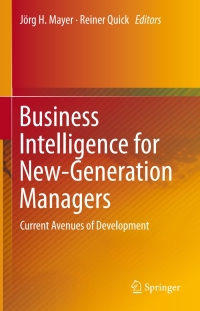Answered step by step
Verified Expert Solution
Question
1 Approved Answer
please help me with getting this figured out, thank you much Use the following information for the Exercises below. [The following information applies to the
please help me with getting this figured out, thank you much 




Use the following information for the Exercises below. [The following information applies to the questions displayed below.) Laker Company reported the following January purchases and sales data for its only product. Units sold at Retail Units Acquired at Cost 180 units $10.50 = $1,890 140 units @ $19.50 Date Activities Jan. 1 Beginning inventory Jan. 10 Sales Jan. 20 Purchase Jan. 25 Sales Jan. 30 Purchase Totals 110 units@ $ 9.50 = 1,045 130 units @ $19.50 260 units@ $ 9.00 550 units 2, 340 $5,275 270 units The Company uses a perpetual inventory system. For specific identification, ending inventory consists of 280 units, where 260 are from the January 30 purchase, 5 are from the January 20 purchase, and 15 are from beginning inventory Exercise 6-3 Perpetual: Inventory costing methods LO FA 6-5A Periodic: Inventory costing LO P3 Required: 1. Complete the table to determine the cost ossigned to ending inventory and cost of goods sold using specific identification 2. Determine the cost assigned to ending inventory and to cost of goods sold using weighted average. 3. Determine the cost assigned to ending Inventory and to cost of goods sold using FIFO. 4. Determine the cost assigned to ending inventory and to cost of goods sold using LIFO. Required 1 Required 2 Required 3 Required 4 Complete the table to determine the cost assigned to ending inventory and cost of goods sold using specific identification. Specific Identification Available for Sale Cost of Goods Sold Purchase Date Activity Units Unit Cost Units Sold Ending Inventory Ending Cost Per Ending Inventory Inventory. Unit Units Cost Unit Cost COGS 180 Jan. 1 Jan. 20 Jan. 30 Beginning inventory Purchase Purchase 110 260 550 0 0 0 $ Republic Required 2 > Required 1 Required 2 Required 3 Required 4 Determine the cost assigned to ending inventory and to cost of goods sold using weighted average. (Round cost per unit Weighted Average - Perpetual: Goods Purchased Inventory Balance Cost of Goods Sold # of units Cost of sold unit Goods Sold Date Cost per # of units Cost per Cost per # of units unit unit Inventory Balance January 1 180 @ $ 10.50 = $1,890.00 January 10 January 20 Average cost January 25 January 30 Totals Determine the cost assigned to ending inventory and to cost of goods sold using FIFO. Perpetual FIFO: Goods Purchased Cost of Goods Sold Inventory Balance # of units Cost per Date # of units sold Cost per cost of Goods unit Sold # of units unit Cost per Inventory unit Balance $ $10.50 = 1,890.00 January 1 180 January 10 January 20 January 25 January 30 Totals cost assigned to ending inventory and to cost of goods sold using LIFO. Perpetual LIFO Goods Purchased # of units unit Date Cost per Cost of Goods Sold # of units Cost per Cost of Goods sold unit Sold Inventory Balance # of units Cost per Inventory unit Balance $ 180 $10.50 = 1,890.00 January 1 January 10 January 20 January 25 January 30 Totals 




Step by Step Solution
There are 3 Steps involved in it
Step: 1

Get Instant Access to Expert-Tailored Solutions
See step-by-step solutions with expert insights and AI powered tools for academic success
Step: 2

Step: 3

Ace Your Homework with AI
Get the answers you need in no time with our AI-driven, step-by-step assistance
Get Started


